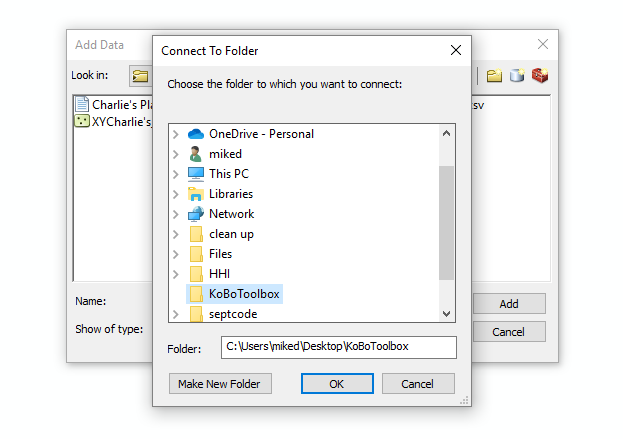
- #GETTING STARTED WITH ARCGIS FILE DOWNLOAD PDF#
- #GETTING STARTED WITH ARCGIS FILE DOWNLOAD UPDATE#
- #GETTING STARTED WITH ARCGIS FILE DOWNLOAD ARCHIVE#
- #GETTING STARTED WITH ARCGIS FILE DOWNLOAD FOR ANDROID#
- #GETTING STARTED WITH ARCGIS FILE DOWNLOAD ANDROID#
The following setup steps assume that you are working in a development environment that is disconnected from the internet.
#GETTING STARTED WITH ARCGIS FILE DOWNLOAD ANDROID#
aar), found in the libs folder, contains the API jar libraries arcgis-android-api and its third-party dependencies and core native libraries Setting up ArcGIS Android API to work with local Maven repository
#GETTING STARTED WITH ARCGIS FILE DOWNLOAD FOR ANDROID#
Manually add dependencies to the ArcGIS Runtime SDK for Android or use other resources contained in the download.
#GETTING STARTED WITH ARCGIS FILE DOWNLOAD ARCHIVE#
Unzip the downloaded archive to a location on your development machine.On your Dashboard, click Downloads, and select the latest version of ArcGIS Runtime SDK for Android.
#GETTING STARTED WITH ARCGIS FILE DOWNLOAD PDF#
You can also download a separate PDF of the Guide documentation. You can find more lessons in the Learn ArcGIS Lesson Gallery.If you are unable to make use of the public Gradle repository, you can instead download the SDK and add then dependencies to your project manually by including the local AAR and all dependency artifacts. For more practice, check out the Get to Know ArcGIS Utility Network Management and Creating and Managing Utility Networks with ArcGIS courses.

With these fundamentals established, you have become more familiar with the utility network and the capabilities it provides for the accurate modeling of your electric network and are ready to move on to more advanced workflows associated with the utility network. You then examined containment associations through creation of a substation and created content to serve as a subnetwork controller and source for a new subnetwork.

You explored the concepts of network topology and dirty areas and built an understanding of the roles they play with network analytics, such as tracing and diagram creation. Through this lesson, you became familiar with the capabilities provided by the utility network to accurately model network features using connectivity associations, structural attachments, and terminal connections. You then used this knowledge to create templates and edit new features for a design that placed services for a new development. In this lesson, you familiarized yourself with the tools and options available on the Utility Network ribbon as well as the Data and Network Diagram tabs.
#GETTING STARTED WITH ARCGIS FILE DOWNLOAD UPDATE#
This means that as features within the subnetwork are edited in the future, Update Subnetwork must be run to update the network topology and subnetwork definition before running future subnetwork traces. Subnetwork traces require a clean subnetwork.

When you created the circuit breaker and set it as a subnetwork controller earlier to establish the Ogletree substation, this was established as the source for a topological subpart of the medium voltage tier. The Update Subnetwork tool opens in the geoprocessing pane. It is the subnetwork that drives tracing events, network diagrams, and provides techniques for network visualization such as rendering, labeling, and map generation (for example, creation of circuit maps). The existence of a subnetwork will allow you to perform subnetwork analysis and understand the flow of commodities throughout your network. To create a new diagram, you will re-run the same trace operation you executed at the beginning of this scenario.Ī subnetwork is a collection of connected lines, devices, and junctions within the network. Learn more about network diagrams Create a diagram Finally, you will propagate the selection set between your diagram and map views. In this scenario, you will run another connected trace and generate a diagram to apply layout algorithms for your organization. They are often used to represent networks in a defined space without scaling constraints (cable length, distances, and so on)-for example, a piece of paper on which numerous pieces of information are displayed in a defined space through optimization of feature placement. You'll now take another look at the capabilities provided with network diagrams using the simple diagram you created earlier.Ī reminder about diagrams: Diagrams provide a symbolic representation of geographic information using various visualization methods to convey information about your network. You have completed the service extension to the three new services outlined in the required design.


 0 kommentar(er)
0 kommentar(er)
